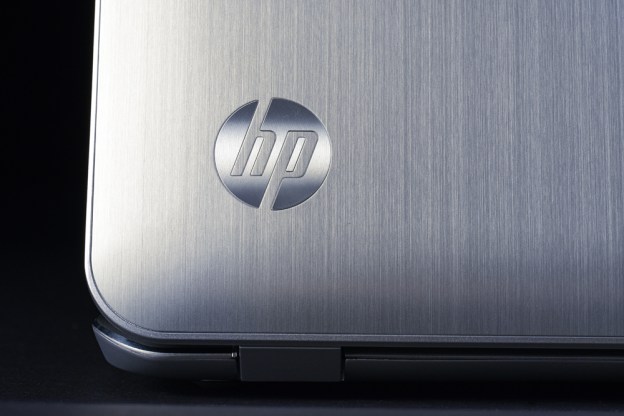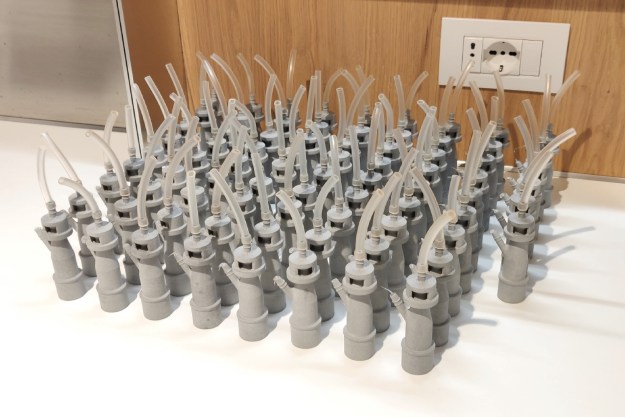 Did you think 3D screens on smartphones were a thing of the past? Yep, so did we, but Hewlett Packard thinks differently, as it has revealed an alternative take on the technology which it hopes will transform the market and make it a success. Deep inside one of its R&D labs, HP is hard at work on this new type of the next-next generation small 3D screen, which will operate without the need for special glasses. Instead, the 3D effect will be generated by the screen itself. By using “nano-patterned grooves” etched into the display’s surface, light is projected in many different directions all at once to provide the illusion we’re seeing a 3D object.
Did you think 3D screens on smartphones were a thing of the past? Yep, so did we, but Hewlett Packard thinks differently, as it has revealed an alternative take on the technology which it hopes will transform the market and make it a success. Deep inside one of its R&D labs, HP is hard at work on this new type of the next-next generation small 3D screen, which will operate without the need for special glasses. Instead, the 3D effect will be generated by the screen itself. By using “nano-patterned grooves” etched into the display’s surface, light is projected in many different directions all at once to provide the illusion we’re seeing a 3D object.
It’s an evolution of the technology used on the Nintendo 3DS’s screen, but instead of only being viewable by the person sitting directly in front of the device, HP’s system sends light and color out in 14 directions – the 3DS splits light into just two directions – so multiple viewers will be able to see the 3D image. Not only that, but the image will be viewable from different angles and directions, and will sit, “above” the screen, giving it an almost holographic style. The technology is built-in to a regular LCD screen, which should mean its relatively economical and simple to produce, and the early versions being tested now measure half a millimeter thick.
The picture generated will be less Avatar and more Star Wars, as according to David Fattal, the author of the research paper on the technology, the image created by the screen can be likened to the famous scene in latter movie, where R2-D2 projects an image of Princess Leia for Luke and Obi-wan. He admits it won’t have quite the same degree of, “pop” as in the film, but the overall effect is similar.
However, HP’s clever screens are still a long way off becoming mainstream, and there are a few problems with creating suitable content for the screen to display. For example, as images can be viewed at all angles, any live action video would need to have been shot with 64 cameras, making it something of a logistical nightmare. For this reason, early content will be digitally created, and Fattal speculates it’ll be used for displaying 3D models, viewing two different content sources at the same time, or using 3D maps.
HP’s tech is still only in the very early stages and is described as a proof of concept, so don’t expect this to be a headline feature on a smartphone released any time soon. Still, if it’s anything like described, it has the potential to make handheld 3D devices actually worth considering.
Editors' Recommendations
- 3DMakerpro’s Seal is a pocket-sized scanner to make next-gen precision 3D prints
- Need a last-minute Halloween costume? Check out these 3D-printable getups
- The future of making stuff: Inside the evolution of 3D printing with Formlabs
- Father’s Day Gift Idea: These cheap 3D printers are on sale for less than $300
- 3D printing lets hospitals make ventilator substitutes with common equipment




